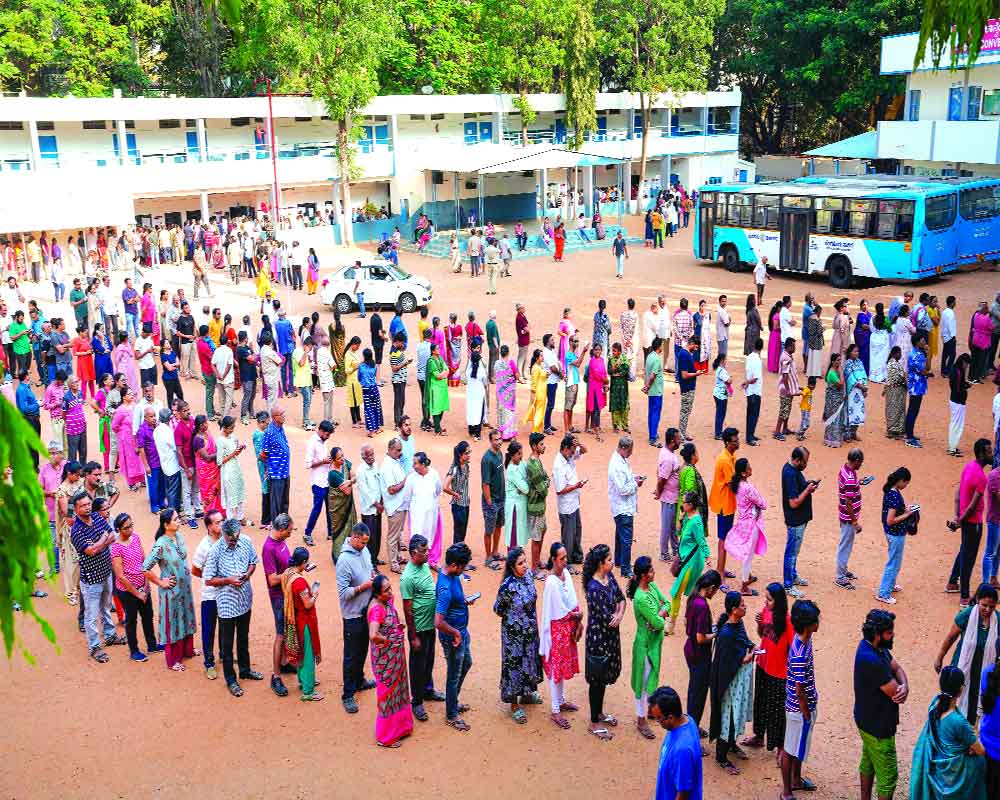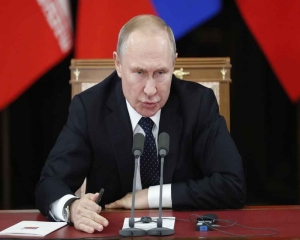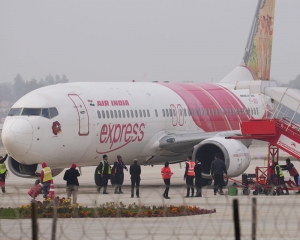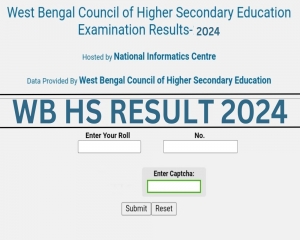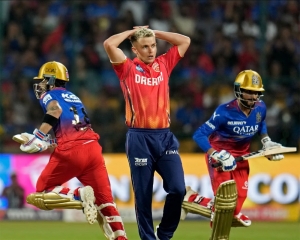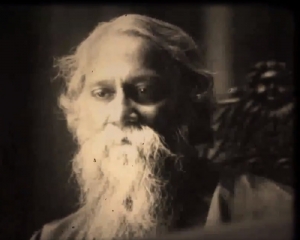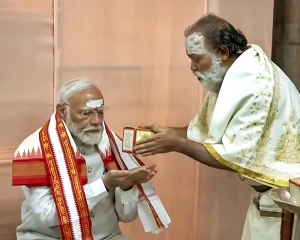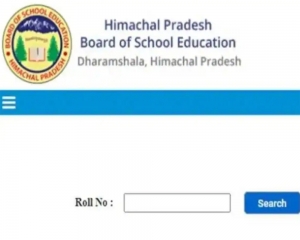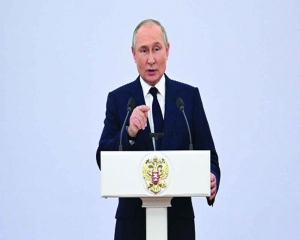The low voting percentage in the first two phases, particularly in the Hindi heartlands, that saw completion of 191 Lok Sabha constituencies has come as a great cause of worry and concern for political parties and more to the ruling BJP at the Centre and in States of Uttar Pradesh, Madhya Pradesh, Rajasthan and Bihar where it is in alliance as NDA.
Interestingly, both the ruling BJP as well as the Opposition , or the INDIA Bloc have claimed that a low turnout shall be advantageous to them. The dropping trends of voter turnout have also raised concern over this trend continuing in the remaining phases.
According to EC's voter turnout App, Uttar Pradesh recorded 55.01 per cent voter turnout; Bihar 58.89 per cent; Madhya Pradesh 58.59 per cent and Rajasthan 65.03 per cent.
Assam saw a reduction in voter turnout ranging from eight per cent to 13.9 per cent across constituencies. Bihar's constituencies experienced an 8.23 per cent to 12 per cent fall. Chhattisgarh saw comparatively minor drops, with the smallest being only 0.86 per cent. Similarly, Madhya Pradesh, Maharashtra, and Rajasthan noted significant falls in turnout.
Just like the first phase of the Lok Sabha elections, voter turnout across the 88 seats in 13 States that went to polls dropped to 64.74 per cent in comparison to the 69.4 per cent in 2019 elections (barring the five delimitated seats in Assam), indicating a broad decline in voter participation and also signalling a shift that could influence the final election results.
The questions arise whether the low voting percentage indicates a shift in voter engagement, highlighting potential changes in the political dynamics as the nation votes. What is the impact of a high or a low turnout on electoral results? A higher voter turnout is considered an indication of change while a low voter turnout of continuity is the general belief? However, there is no clear correlation or trend as the data shows. Top officials say it is difficult to say who will be benefiting from low voting percentage as there is no data to establish which community, caste or class did not vote. Low voting percentage is expected to considerably impact all the political parties.
Some analysts say that there is no single issue strong enough to pull voters out this time and the BJP's core voters may not be stepping out due to complacency or overconfidence on Prime Minister Narendra Modi's popularity and 'Aayega toh Modi hi" after consecration of Ram Temple in Ayodhya , resulting in lower turnouts.
Some analysts say people are not coming out to vote as they assume that Modi is coming to power for the third time. They also argue that Muslim community has come in less number because the INDIA Bloc has failed to put up strongest front against Modi.
Factors like impending heat waves and historical turnout trends suggest India may not surpass the 67 per cent record high seen in 2019, possibly reverting to pre-2019 levels. The India Meteorological Department (IMD) has already predicted above normal temperatures in the coming days which signaling a low trend of voting percentage in the rest of the phase.
For instance, the national Capital which is going to polls on May 25 is expected for a low voters' turn out due to heat and long weekend. Given that May 23 (Thursday) is a gazetted holiday for Buddha Purnima and May 26 is a Sunday, officials are concerned that many people might take May 24 (Friday) off to create an extended long weekend. This could lead to a drop in voter turnout as residents may choose to travel out of town.
Data showed less than 50 per cent of voters came to polling booths to cast their votes in six constituencies at Rewa in Madhya Pradesh, Ghaziabad and Mathura in Uttar Pradesh. Rewa recorded 49.43 per cent voter turnout; Ghaziabad 49.74 per cent and Mathura 49.41 percent. Bhagalpur recorded 51.40 per cent voter turnout; Banka 53.90 percent; Aligarh (56.62 percent); Baghpat ( 56.16 per cent); Bulandshahr ( 56.42 per cent) and Khajuraho (56.48 per cent).
The data showed there have been 17 Lok Sabha elections from 1951-52 to 2019. In 16 Lok Sabha elections from 1957 to 2019, the turnout declined six times and increased 10 times. Of these, the incumbent Governments have been repeated eight times and replaced the same number of times. Of the 10 times the turnout has increased, the incumbent has lost 4 times and won 6 times. Hence, the government was repeated 60 per cent of the time. Of the six times the turnout has declined, the incumbent has lost 4 times and won two times.
As per official figures available on Election Commission's voter turnout App, the revised turnout in eight Lok Sabha seats in Maharashtra where polls were held a day earlier was 59.63 per cent. It was 62.65 per cent in Wardha, 58.09 per cent in Akola, 60.74 per cent in Amravati, 58.45 per cent in Buldhana, 60.79 in Hingoli, 59.57 per cent in Nanded, 60.09 in Parbhani and 57 per cent in Yavatmal-Washim.
In Assam, an estimated 77.35 per cent of 77.26 lakh voters exercised their franchise in the second phase. Nagaon Lok Sabha constituency recorded the highest voter turnout of 80.56 per cent, followed by 78.41 per cent in Darrang-Udalguri, 75.97 per cent in Silchar (SC), 75.63 per cent in Karimganj and 73.11 per cent in Diphu.













